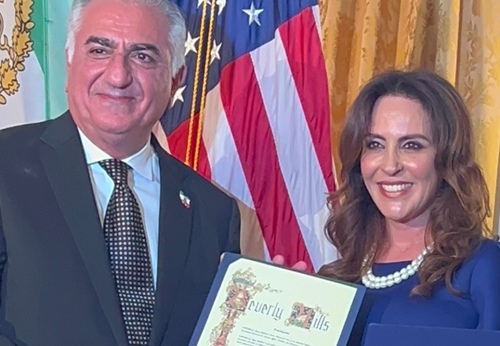The shared genetic continuity of Persians has been preserved for five thousand years
By comparing this data with ancient DNA samples from the Neolithic, Bronze Age, and Iron Age periods, researchers found that many populations within the Persian Central Cluster have undergone minimal genetic change over the past 5,000 years. Unlike other parts of the world where the arrival of migrant groups led to genetic replacement, in Persia, most populations have remained largely indigenous. For instance, the impact of migrations from steppe peoples and Neolithic farmers on the groups within the Persian Central Cluster has been reported as minimal.
However, in certain regions, such as the Persian Gulf islands, traces of genetic ancestry from African origins are observed, likely dating back to pre-Neolithic times. These findings suggest that Persia was not merely a passageway for migrations but also a cradle and host to indigenous populations with ancient roots. The study notes that, as a result of migrations, internal divisions, and genetic admixture, Persia’s current population comprises diverse groups, including Persians (approximately 65%), Azeris (16%), Kurds (7%), Lurs (6%), as well as Arabs, Baloch, Turkmen, Qashqai, and minorities such as Armenians, Assyrians, Georgians, Jews, and Zoroastrians. Persian languages (Indo-European languages such as Persian, Kurdish, Luri, and Balochi) have the largest number of speakers.
April 3, 2025 | 5:45 am




